Non-standard amino acids and peptides: From self-assembly to nanomaterials
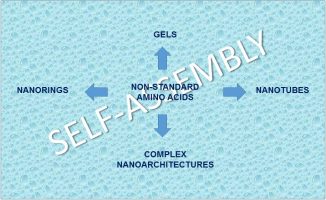
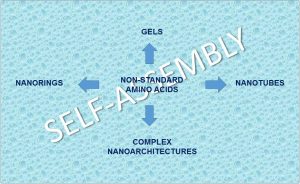 Amino acids are the building blocks of peptides and proteins. In million years of evolution, Nature has optimized their structures to
Amino acids are the building blocks of peptides and proteins. In million years of evolution, Nature has optimized their structures to
absolve numerous functions in almost all the biological processes. They are indeed able to induce a high molecular complexity starting
from relatively simple molecules, being at the molecular basis
of the living world. Taking inspiration from Nature, scientists are
now trying to develop smart peptide materials for a wide range
of applications, such as biomolecular devices, biosensors, and
hybrid catalysts. The modularity of amino acids and their ability
at driving self-assembly and self-organization leads to a high versatility
in functions. Amino acids can both function as single molecules
and when inserted in peptides. Furthermore, by tailoring the
functional groups on the side chains and at the N- and C-terminus
it is possible to expand endlessly their molecular variability. Different
kinds of materials could be thus developed, and, depending on
the solvent and the environmental conditions, hydro- and organogel,
nanoarchitectures, vesicles and micelles have been obtained. In
the case of standard or coded amino acids, many papers, some
reviews and books have recently been published.1 In this digest,
it is possible to expand endlessly their molecular variability. Different
kinds of materials could be thus developed, and, depending on
the solvent and the environmental conditions, hydro- and organogel,
nanoarchitectures, vesicles and micelles have been obtained. In
the case of standard or coded amino acids, many papers, some
reviews and books have recently been published.1 In this digest,

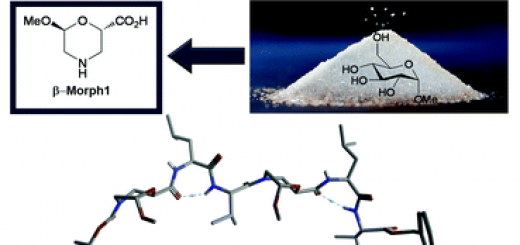
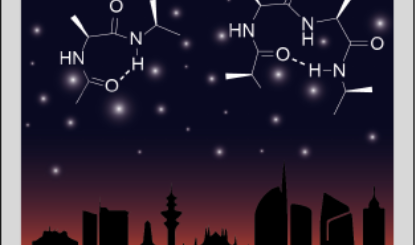
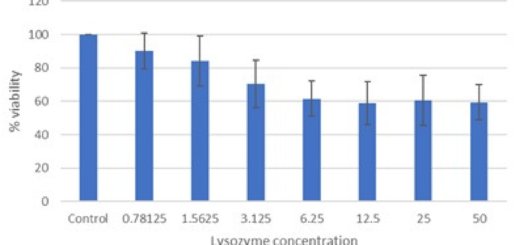




comments